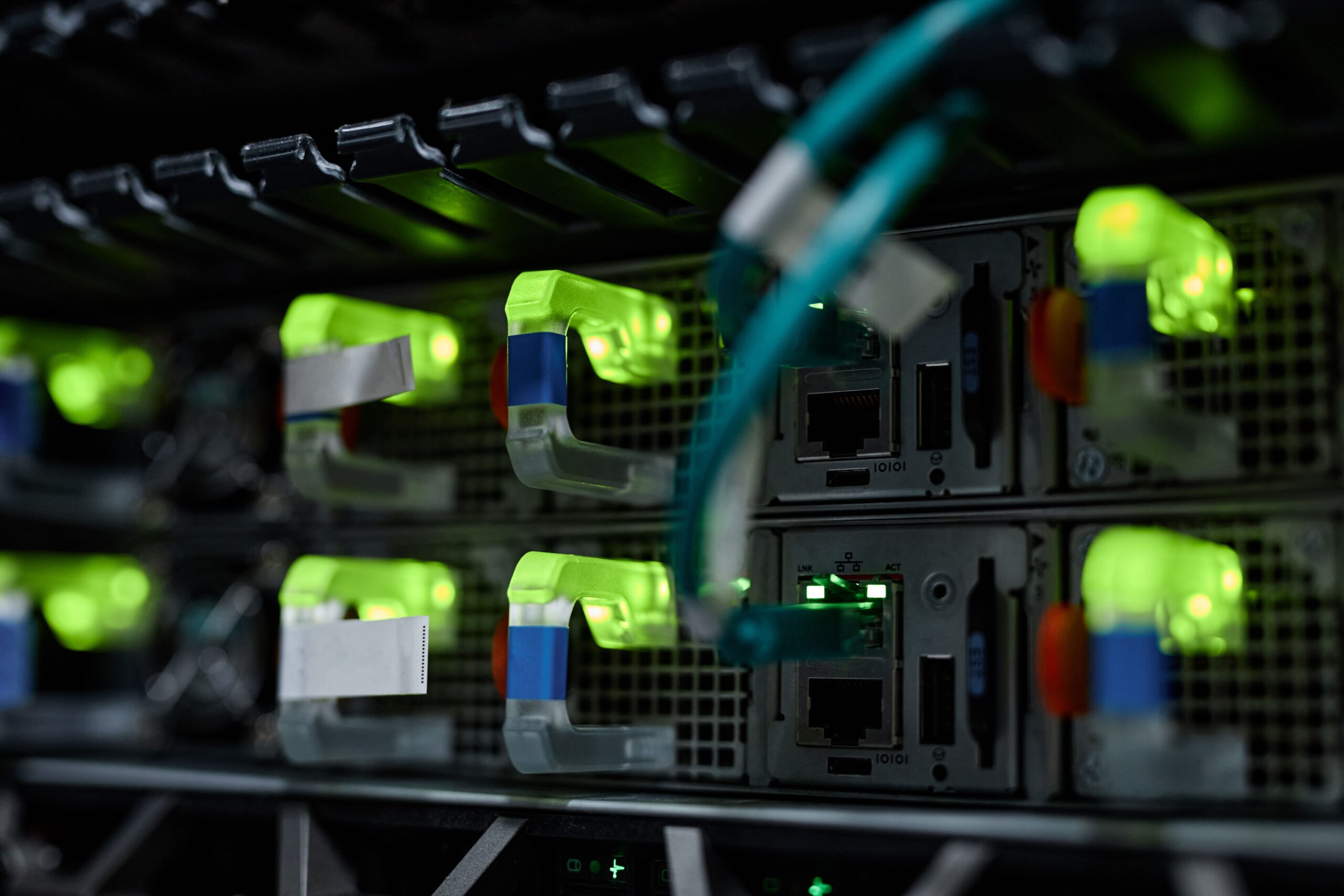

There’s probably no industry that is more uncertain and unpredictable than agriculture. Too many uncontrollable variables are involved in the production and achieving consistent yield results such as weather, soil composition, crop variety, and possible infestation.
With increasing unpredictability and the lingering effects of climate change agribusiness must look into innovative approaches to protect productivity and increase yield for the ever-growing requirement of the global population. Farmers must find a way to minimise risks or at least make risks more manageable. Data and AI adoption can help manage the day-to-day operation, forecast requirements such as water, fertiliser effectivity, and cut possible losses with early intervention, ultimately improving production and yield consistency.
Using Data and AI to provide analytics on rainfall-runoff capture, storage, and use to maximise water utilisation and minimise losses.
Combine the use of IoT devices, weather forecasting data, and longer-range climate data to predict water usage and capacity.
Animal sensors, machine vision, blockchain-based livestock tracking, and drones can be used to monitor/observe animal movements and growth that can reach and even surpass human accuracy. The demand for animal monitoring systems makes visual Artificial Intelligence (AI) one of the most promising technologies to automate inspection and cut costs under fierce competition.
Real-time monitoring of soil, air, humidity, temperature and other agribusiness-related factors will result in better yields and larger bottom-line profits.
Accurately view, map, and record crop yield data in real-time to instantly understand how well your crop is performing.
Identify high- and low-performance terrain/areas, determine the best seed variety for your location, reconcile yield maps and generate detailed reports.
Supply-chain processes are inherently complex across industries, with multiple functions interacting with different, potentially conflicting objectives and numerous dependencies between material and information flows. Model and optimise those processes to minimise logistics costs.
Agribusiness Circuits are being optimised by using a combination of Video and Image data, IoT data, Artificial Intelligence and Machine Learning.
The data collected from video and images are being combined with IoT telemetry to optimise throughput.
A lack of visualisation and reporting is like driving blind.
Real-time reporting and big data that is driving the entire economy, including low-tech industries such as agriculture where it is implemented under the banner of precision/digital/smart farming. Digital Twins are further enabling advanced scenario modelling and optimisation.
Quality surveillance data is vitally important to maintain pest-free farming and livestock. Advances in AI have resulted in automated methods of pest identification saving time and resources. Pest surveillance data is highly valuable because it underpins many other aspects of the biosecurity system including early detection and prevention.
Early detection of infectious diseases using machine vision and IoT will help to greatly reduce the spread of bacteria, viruses, or parasites in future agribusiness. Early symptoms such as fever (body temp) and weakness can be detected via simple observation, especially during an early stage of infection.
Low staff-per-animal ratios can be overcome by augmentation with AI resulting in effective early intervention.
Schedule people, preventative maintenance, equipment usage and every other event to prevent and quickly react to problems.
Deliberately plan activities with data-based precision to maximise outputs and minimise waste – principles that should be built into every agribusiness operation.
A decision-support system for optimising fertilisation of crops is expected to increase yields and decrease fertiliser input costs.
Better management of all essential nutrients is required to deliver sustainable agriculture and maintain the necessary increases in food production while minimising waste, economic loss and environmental impacts.
Emissions reduction in the agricultural sector is a win-win for land managers. There are several financial opportunities for the sector that also provide environmental benefits while improving productivity and increasing resilience to a changing climate by monitoring and understanding emissions.
The growing demand for food globally has put tremendous pressure on farmers to increase productivity and maintain consistent yield. With the adoption of Data and AI in Agribusiness there are a great number of opportunities to achieve this. May it be in improving forecasting, cutting critical response time, and increasing efficiency of logistics as well as creating better control of some important variables in operation. Get in touch with AI Consulting Group via email, on the phone, or in person.
Send us an email with the details of your enquiry including any attachments and we’ll contact you within 24 hours.

Call us if you have an immediate requirement and you’d like to chat to someone about your project needs or strategy.

We would be delighted to meet for a coffee, beer or a meal and discuss your requirements with you and your team.
